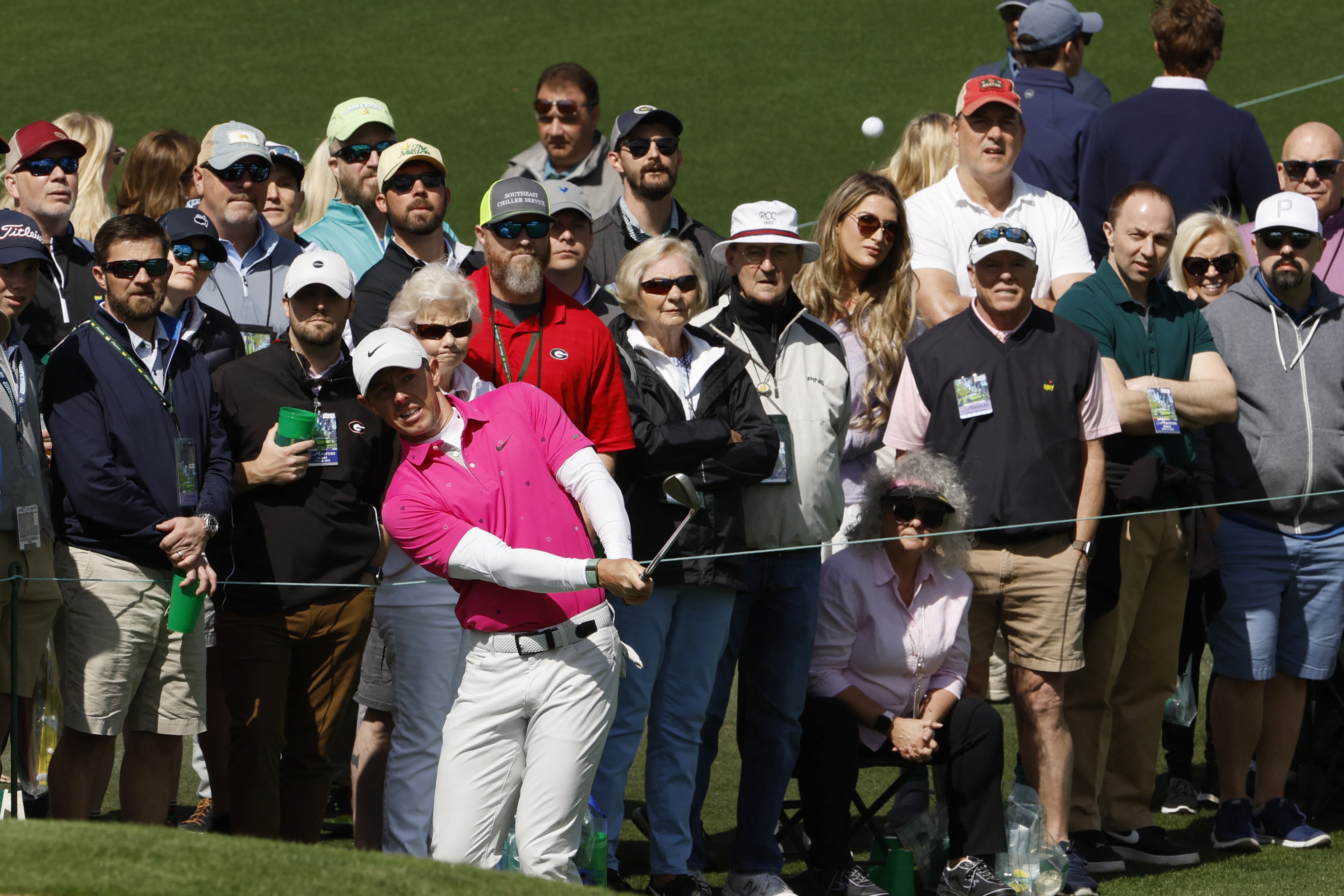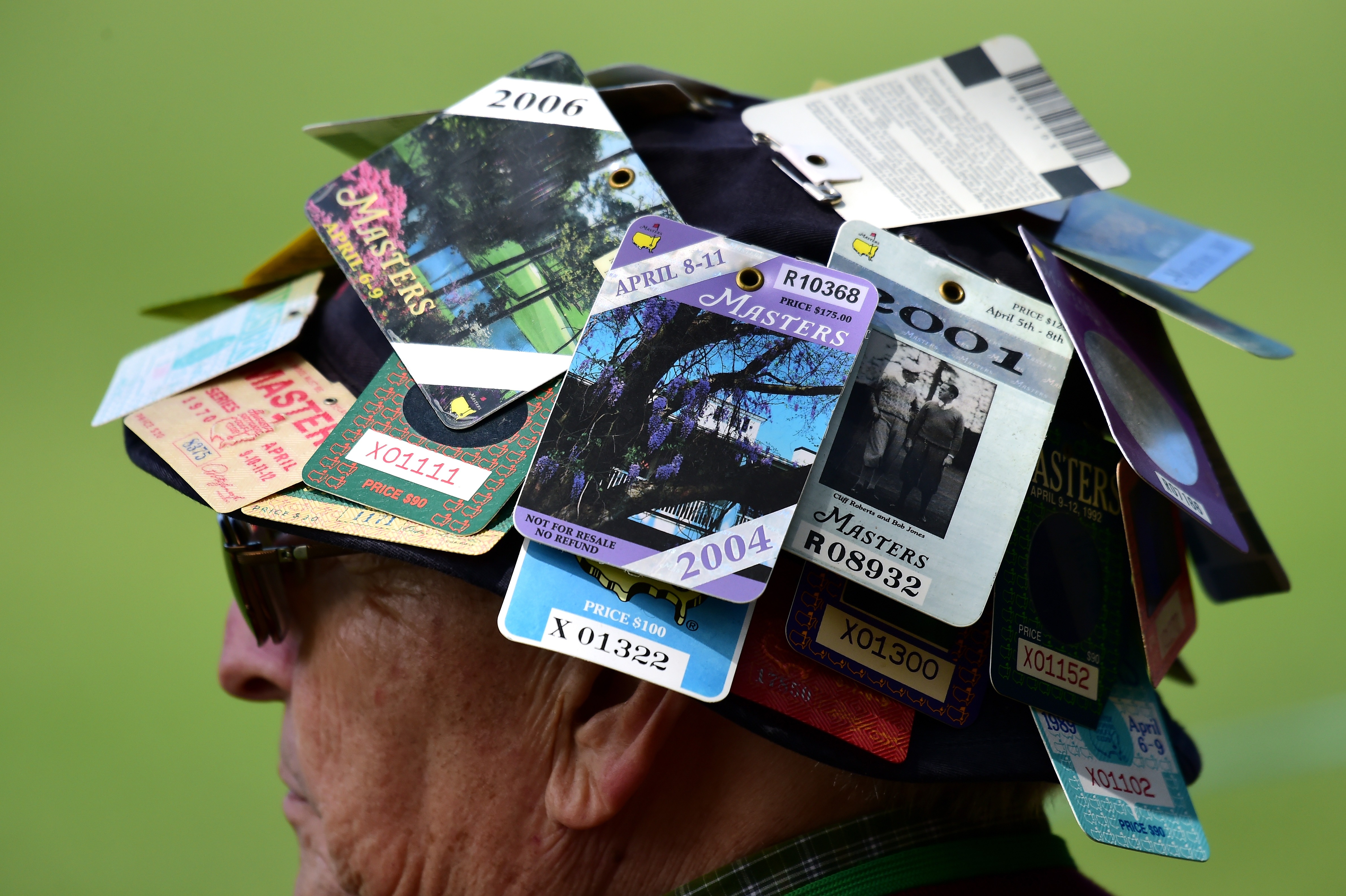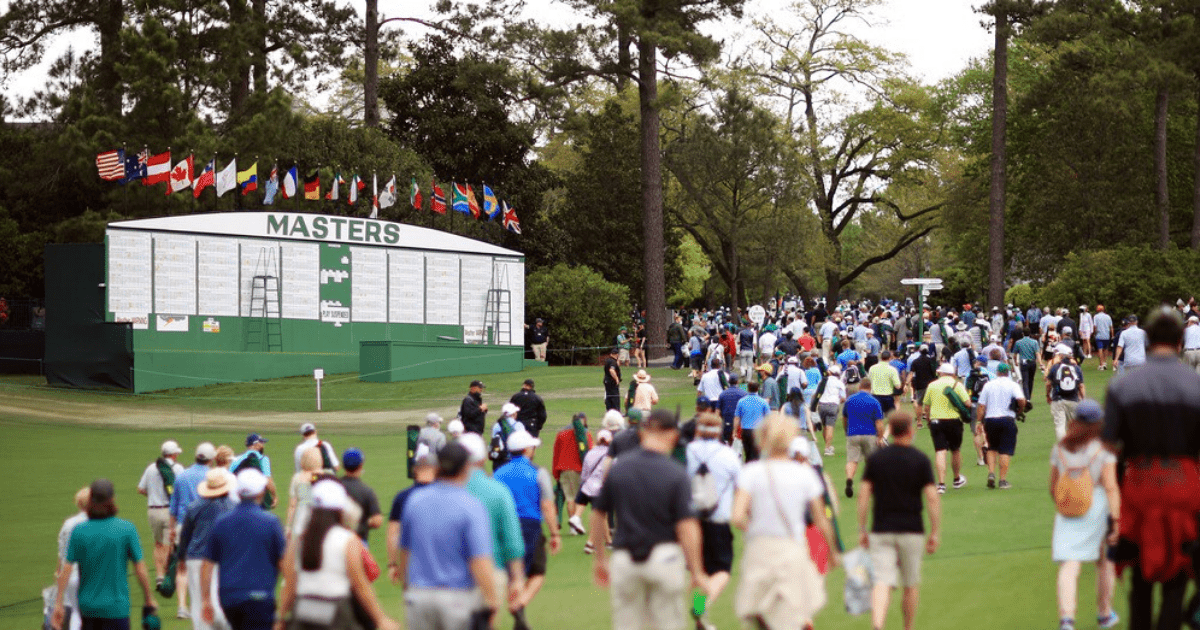Golden Rule: They're Patrons, Not Fans
When attending the Masters at Augusta National, remember to address fellow spectators as 'patrons' and not 'fans'. This distinction is a crucial part of the experience.
Pack Light: Know What's Prohibited
From booze to backpacks, the list of prohibited items at Augusta National is extensive. Cameras, banners, periscopes, and even prams are not allowed on the course.
Watch Your Mouth: No Heckling Allowed
At the Masters, heckling is strictly forbidden. Certain phrases like 'Dilly dilly' and 'Babo booey' are frowned upon, ensuring a polite atmosphere at the tournament.
Media Caution: Mind Your Commentary
CBS analyst Gary McCord was banned from the Masters in 1994 for making controversial comments about the course. His experience serves as a cautionary tale for all media personnel.

Keep Off the Grass: No Sitting or Lying Down
Spectators at Augusta National must refrain from sitting or lying on the grass. Portable chairs are a common sight as sunbathing is not permitted at the prestigious golf course.
No Phones Please: Strict Mobile Phone Ban
Mobile phones are strictly prohibited at the Masters. Even having a phone in your pocket can lead to removal from the premises, emphasizing the tournament's focus on tradition.
Running the Risk: Avoid Running on the Course
Running or jogging on the course is not allowed at Augusta National. Spectators are advised to master the power walk to navigate the venue and secure prime viewing spots.
No Tickets? No Touting Allowed
Attempting to sell spare tickets within a 2,700-foot boundary of the course is prohibited. However, buying and selling tickets outside this area with proper documentation is permitted.

Sign Your Visit Away: No Autographs on the Course
While it may be tempting to ask for autographs, doing so on the course at Augusta National is strictly forbidden. Only near the practice area are patrons allowed to request signatures.
Frequently Asked Questions
How does a golfer’s age affect their training?
As professional golfers age, their training typically evolves to align with bodily changes and shifting capabilities. As golfers age, their training may change to focus more on joint-friendly exercises, flexibility, core stability and strengthening of the joints, while reducing high-impact activities. Experienced golfers can train more efficiently, focusing on their short game, recovery, and course management. As they become more experienced, they’re more likely to focus on precision and strategic play rather than simply power. Their training and game will be altered accordingly.
How do golf pros prepare for a competition?
The preparation for a competition is a complex process that includes both mental and physical aspects. The pros arrive at the course days before the tournament to familiarize themselves with the layout and challenges that may be present. They’ll adjust their equipment as needed and conduct extensive short game practice, as well as spending time developing a solid game plan. They’ll make sure they are physically fit and well rested, and mentally they will focus on developing a positive, calm mindset.
What is the importance of course management in pro golfer training?
It is an important part of the training process for professional golfers. This goes beyond just athleticism and technique. This involves taking strategic decisions to account for different risk-reward situations on the course. Golfers learn how to assess wind conditions, the topography of a course, hazards, and even pin placements. Working with a knowledgeable caddy or coach, golfers formulate game plans that play to their strengths and avoid their weaknesses, a skill that becomes as important as the physical components of their game.
Are there specific muscle groups that pro golfers train more intensively?
Pro golfers train numerous muscle groups with an emphasis on those which directly contribute to their golf swing and overall stability. Core strength is pivotal for controlling their swing and maintaining balance. So, abs, oblique, lower back, and abdominal exercises are all essential. Golfers also need strong gluteal and leg muscles for a solid foundation, as well as flexibility and strength in the shoulders and arms to guide and power the club through its range of motion. Golf-specific programs are designed to target these key areas while still maintaining a healthy overall body.
How do professional golfers rest and recover?
Rest and recovery is an important part of the training routine for a professional golfer. Adequate rest enhances performance by allowing the body to heal and rejuvenate, thus preventing injury and fatigue. Golfers employ a variety recovery tactics, including massage therapy, stretching, and massage recovery. During respective rest periods, they might also engage in light activities that promote recovery without overtaxing the body. Such practices are vital in sustaining high performance throughout the strenuous tour schedules.
How often does a professional golfer change his equipment?
Professional golfers often reassess their equipment and change it to make sure that it’s best suited to them. This is usually in response to changes to their body or swing, as well as the demands of different course. Wedges and putters are often altered or replaced in order to maintain precise grooves. Golf balls can also be chosen for their performance or condition. In most cases, equipment changes are made after extensive testing and careful consideration.
Statistics
- Pro golfers over the age of 35 tend to dedicate at least 20% more time to flexibility training than their younger counterparts.
- Nearly 80% of professional golfers engage in regular physical fitness programs designed specifically for golf.
- Professional golfers under the age of 25 spend, on average, 10% more time on driving range practice compared to those over 25.
- An estimated 60% of professional golfers change at least one piece of their equipment each season.
- Statistical data indicates that around 50% of pro golfers have experienced a golf-related injury due to overtraining.
- A survey suggests that 75% of pro golfers use a sports psychologist to aid with mental training and performance.
- Studies show that consuming a balanced diet is a priority for 95% of professional golfers as part of their training protocol.
- Nearly 40% of professional golfers update their swing analysis software at least once every two years to stay at the forefront of technology.
External Links
golfweek.usatoday.com
swingu.com
mytpi.com
titleist.com
golfscience.org
pga.com
18strong.com
golfsimulatorguys.com
How To
How to use Putting Drills Effectively in Golf Practice
Effective putting techniques focus on improving confidence and consistency around the greens. Pro golfers can establish a routine to include putting in different distances. Drills, which force consistency of stroke and speed can help improve accuracy. Using putting-aids and gates will provide you with visual feedback. They can also help to refine your alignment and stroke. Regularly practising scenarios under pressure can also help simulate tournament conditions.
Did you miss our previous article…
https://www.sportingexcitement.com/golf/scottie-schefflers-genius-fast-food-hack/

